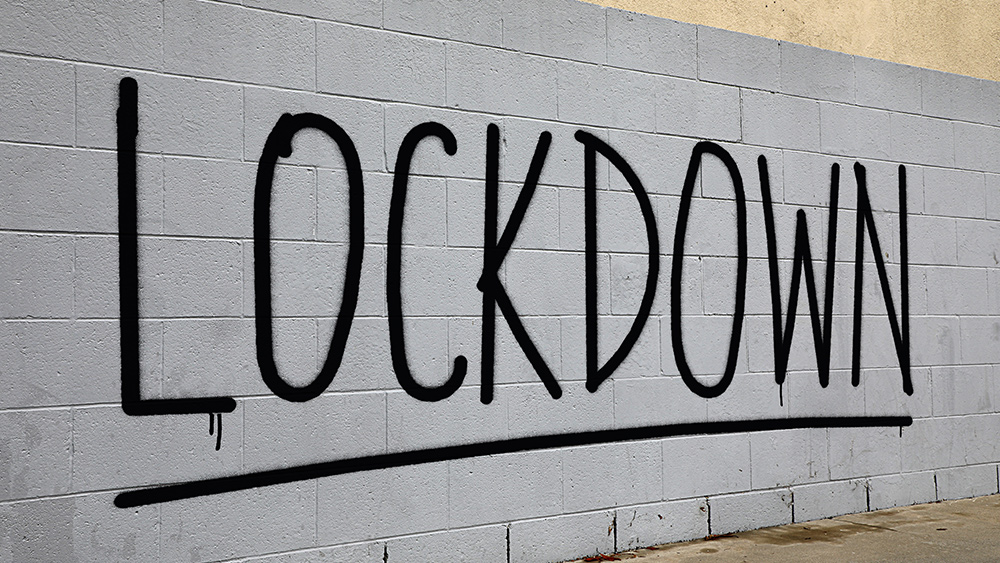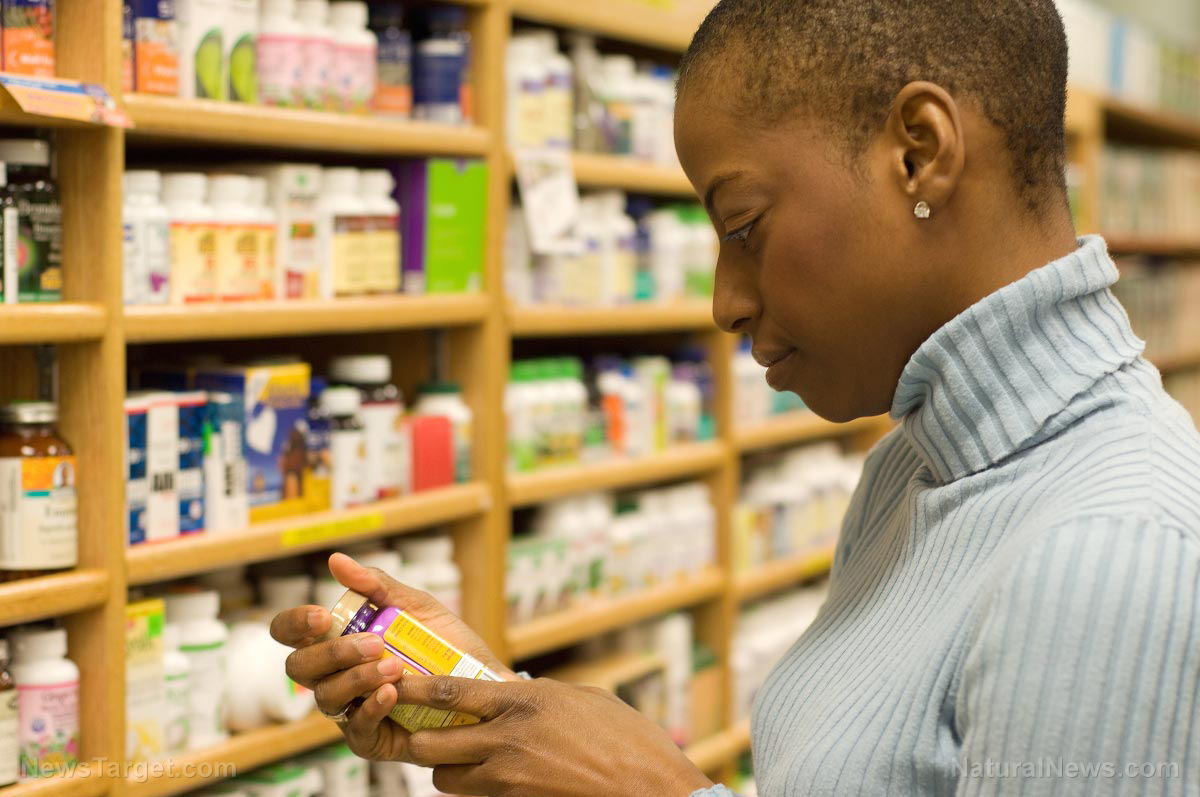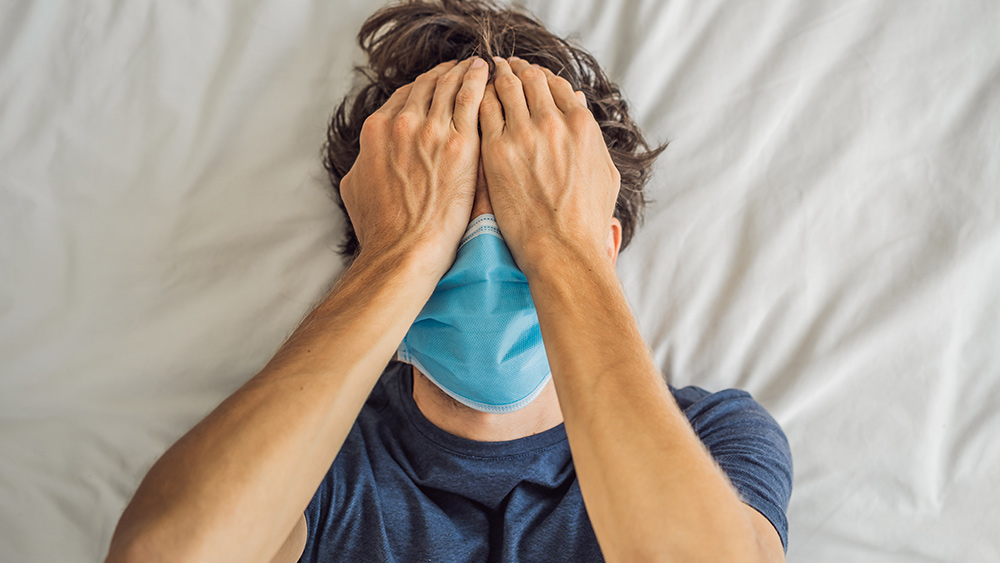
COVID-19 is a real threat but the American response lacks precision and has betrayed the terrain theory of disease, weakening the population long term
When scientists sequenced a new strain of coronavirus, and after preliminary studies from Wuhan, China estimated it had an R naught value between 5 and 6 (very contagious), most government and public health officials came to the consensus that statewide lock downs, the shuttering of select businesses, and stay-at-home orders were the best way to slow the spread of the new virus. In the process, individual liberty was sacrificed and a chain reaction of new problems were realized.
Because one person with COVID-19 symptoms can potentially transmit the coronavirus to 5 or 6 people in close proximity, health officials assumed that everyone would rapidly become infected and require hospitalization, causing overcrowded health systems and a lack of medical treatments. Based on data from Wuhan China, states went into lock down mode.
Not only were rights suspended during this time, but the authoritarian approach also lacked precision and consistency. Governors determined some activities to be essential – like getting alcohol, eating fast food, and crowding Wal-Mart, while other activities were deemed non-essential - such as spreading out at state parks, buying seeds, playing on park playgrounds, or getting sun at the beach (even though vitamin D deficiency is linked to worse outcomes).
The discriminatory shutdown approach lacked precision and did not accurately determine infection or exposure to infection to conduct evidence-based quarantines of people with COVID-19. Now, many people are beginning to wonder whether this inconsistent and controlling lock down approach was worth it, especially as businesses, employment, mental health, individual rights, and personal livelihoods hang in the balance. Why do we allow a hypothetical chain of infection to occur at "essential" places, but small businesses, gyms, playgrounds, beaches, and state parks remain shuttered and controlled?
As a society, have we taken the wrong approach to facing and overcoming infectious disease and will we succumb to government tyranny, which is far more dangerous?
Even though nothing was said or done to help the population mount a healthy immune response to the new virus, everyone was assumed to be infected and assumed to require hospitalization. This assumption was shortsighted, as many people who test positive might be false positive, do not exhibit symptoms at all, and may only experience mild illness. As a matter of fact, in most every state, over 90 percent of people who take the PCR test, test negative for COVID-19 and positive for other respiratory illnesses.
Still, there are some people with underlying chronic conditions, immune-deficiencies, etc. who are at greater risk of complications and death from COVID-19, or any respiratory viral infection. Most complications in NYC came from obese patients. Erroneously, restricting the movement, assembly, economic activity, and leisure of all people became the “cure” for sick individuals with underlying conditions and immune-deficiencies.
During the panic, severe cases of illness were not differentiated from mild ones, and the range of symptoms to determine COVID-19 became so broad and undefined, that healthcare professionals started listing “assumed” or “suspected” cases of COVID-19 as the provisional cause of death for many patients who had co-infections, comorbidity, or underlying health conditions that were the cause of hospitalization in the first place. The World Health Organization and National Vital Statistics officially advised health care professionals to "assume" COVID-19 cases, without confirmation. New York City’s COVID-19 death tally soared by more than 3,700 when it included the deaths of people who were suspected of having COVID-19 but were never tested. Although there is financial incentive for placing patients on ventilators, many NYC doctors report that patients are suffering from further lung damage on the machines, and they observe an 80 percent fatality rate once these devices are used. This is compounded by the fact that ventilator-associated pneumonia affects upwards of 300,000 Americans each year and could be a determining factor in mortality.
In the end, fearing asymptomatic spread from all healthy human beings may prove to be a futile approach that forces everyone to live in perpetual and irrational paranoia. The longer we fear our environment and ignore what we can do to help our individual immune systems recover, the longer it takes for the population to develop herd immunity. We will never completely control the life cycle of pathogens in a population, no matter how much we shutter people’s lives, oppress them, depress them, and plunge them into economic calamity. We must focus on strengthening the immune response of all, especially the most vulnerable, or we will be consumed by fear and perish as a nation.
Furthermore, when lock downs are lifted, people who have been stagnant in their homes, lost their jobs, stuck drinking alcohol and eating essential fast food, will become even more susceptible to infections in the coming year. Left ignorant of what they can do to overcome infections, trapped on a nutrient-void diet, and slowly dying from immune-suppressant drugs, the modern American’s cellular terrain will present a conducive environment for viruses to take hold and multiply. The terrain theory was completely ignored during this pandemic and as a result, herd immunity will be realized slowly and painfully, as people with weak immune systems continue to suffer, leading to further outbreaks, more complications, and a higher death rate to COVID-19 and a host of other respiratory infections that claim millions of lives each year.
Sources include:
Please contact us for more information.























